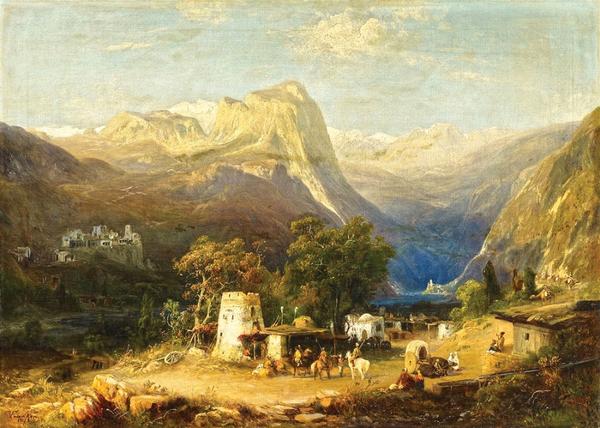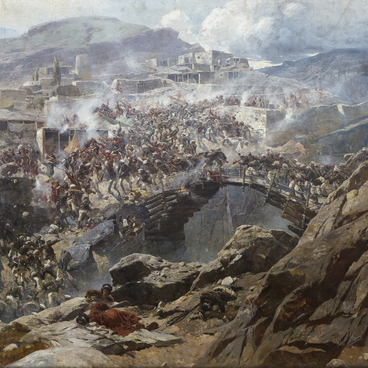Paul von Franken (1818–1884), a German painter and author of the painting View of Tiflis, was called in earnest a Caucasian artist. He often visited the Caucasus and devoted a lot of his works to the rich culture and nature of this region.
In 1851, Franken married the talented portrait artist Helene Köber, a native of Mitau (as the Latvian city of Jelgava was called in the 19th century), and two years later the couple settled in Tiflis. Helene got a job as a teacher in one of the local gymnasiums and painted portraits of the Tiflis elite, and Franken, at the invitation of the Russian government, travelled to the Caucasus and created landscapes.
In 1851, Franken married the talented portrait artist Helene Köber, a native of Mitau (as the Latvian city of Jelgava was called in the 19th century), and two years later the couple settled in Tiflis. Helene got a job as a teacher in one of the local gymnasiums and painted portraits of the Tiflis elite, and Franken, at the invitation of the Russian government, travelled to the Caucasus and created landscapes.




